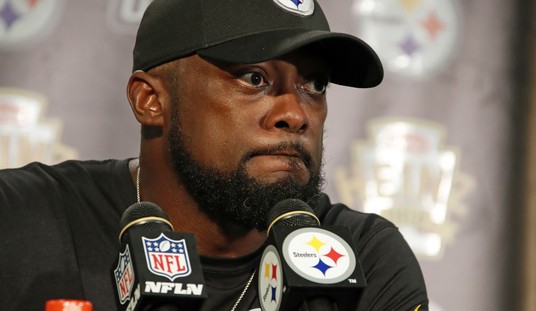Labor unions broke their political spending record in 2016, according to a new report. Even so, Donald Trump still won more union member households than any Republican presidential candidate since 1984.
“Big Labor is increasingly turning its focus away from workplace matters and more and more towards buying political influence,” Stan Greer, a researcher behind the study, said in a statement.
Greer’s organization, the nonprofit union watchdog National Institute for Labor Relations Research (NILRR), reported that unions spent at least $1.713 billion on political activities and lobbying in 2016. This set a new record for political spending, even though that number did not include contributions to political organizations.
Worse, 75 percent of that money came from union treasuries as opposed to campaign PACs or other political operations. In other words, most of the money spent on political causes was collected straight from union dues.
The NILRR has tracked union spending over the years, and reported that organized labor spend $2.2 billion on politics and lobbying during the 2008 and 2010 election seasons, along with $1.69 billion in 2012. The 2016 figure beat the previous record by $16.4 million. As perhaps goes without saying, the vast majority of this spending has gone to Democratic candidates.
In reporting this record number, the Washington Free Beacon’s Bill McMorris noted that it did not include donations that arguably should be considered political.
The $1.7 billion did not include the National Education Association (NEA)’s $312,160 payment to the Democracy Alliance, a liberal dark money group that directs tens of millions of dollars from wealthy donors to campaigns and activists. It also did not include a $19 million donation from the Service Employees International Union (SEIU) to the organizers of the Fight for 15 minimum wage movement.
The SEIU listed the minimum wage donations as “support for organizing,” and the NEA filed the Democracy Alliance support under “Contributions, Gifts, and Grants.” Tactics like this bury the political donations of unions — allowing them to spend even more on politics.
Despite this record spending, Donald Trump won a record number of votes from union households. In 2012, for example, Mitt Romney took 40 percent of voters in a union household, losing them by 18 percent to President Obama’s 58 percent. Trump still lost union voters — but only by 8 points. Trump won 43 percent, to Hillary Clinton’s 51 percent.
This was the best margin for a Republican since 1984, when Ronald Reagan won 49 out of 50 states. Trump still improved among union member households, despite the fact that Clinton was endorsed by every major labor union in the country. Trump only won three union endorsements, from police, border patrol, and Immigration and Customs Enforcement (ICE) members.
Trump’s strong showing among union households, despite labor’s overwhelming support for Clinton and the record spending for Democratic candidates, suggested a misuse of union dues.
“This election was a case study in the disconnect between union bosses and their members, and the chasm is growing,” Mark Mix, president of the National Right to Work Committee, told the Free Beacon.
Union membership has declined over the past thirty years, the Free Beacon previously reported. The Bureau of Labor Statistics reported that only 10.6 percent of the American workforce paid union dues or fees in 2016, a 50 percent drop from the oldest year for which data is available, 1983.
NILRR argued that the increase in political spending among unions was linked to membership defections and the spread of right-to-work laws which mar mandatory union membership.
“In the face of their declining membership numbers, union officials are steadily increasing the share of coerced dues money they funnel into politics to protect and expand their government-granted power to force workers into dues-paying union ranks,” Greer, the NILRR researcher, told the Free Beacon.
Unions are mostly kept alive by the public sector. In 2015, employees at the Department of Veterans Affairs (VA) worked over 1 million hours for unions, being paid for that time by taxpayers. A full 346 employees spent 100 percent of their time working for unions. This is just the VA, and does not include the many other government agencies. The main reason it is so hard for bad VA employees to be fired is the strength of government unions.
The fact that Trump won with an impressive show of union household support, despite record political spending from big labor, suggests that union dues have been misdirected, and that labor is increasingly politically useless. But the last bastion of union membership, the federal government itself, will be the hardest to weaken.









Join the conversation as a VIP Member